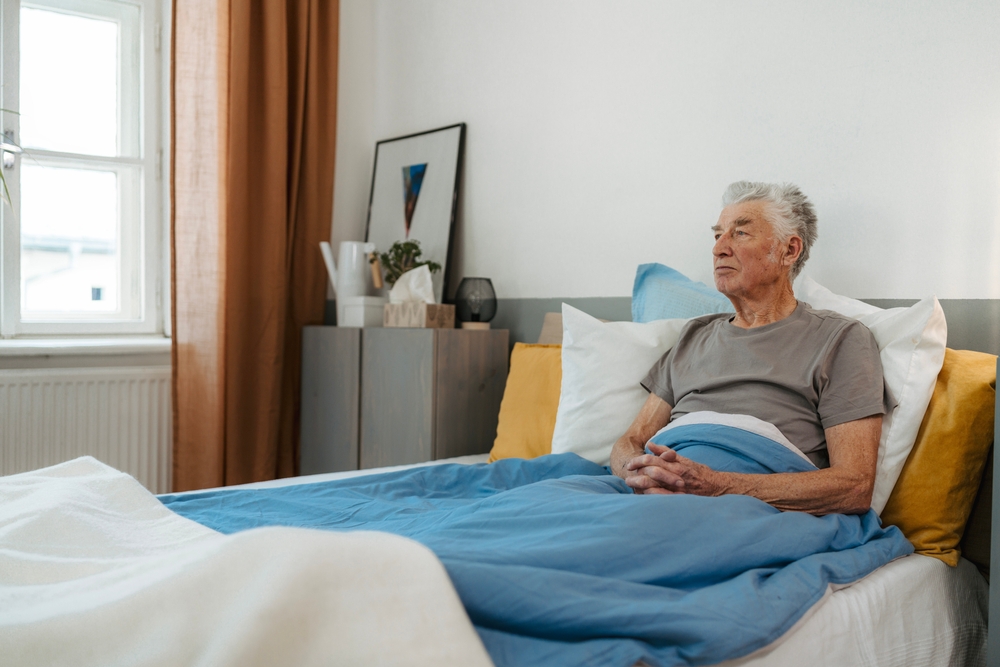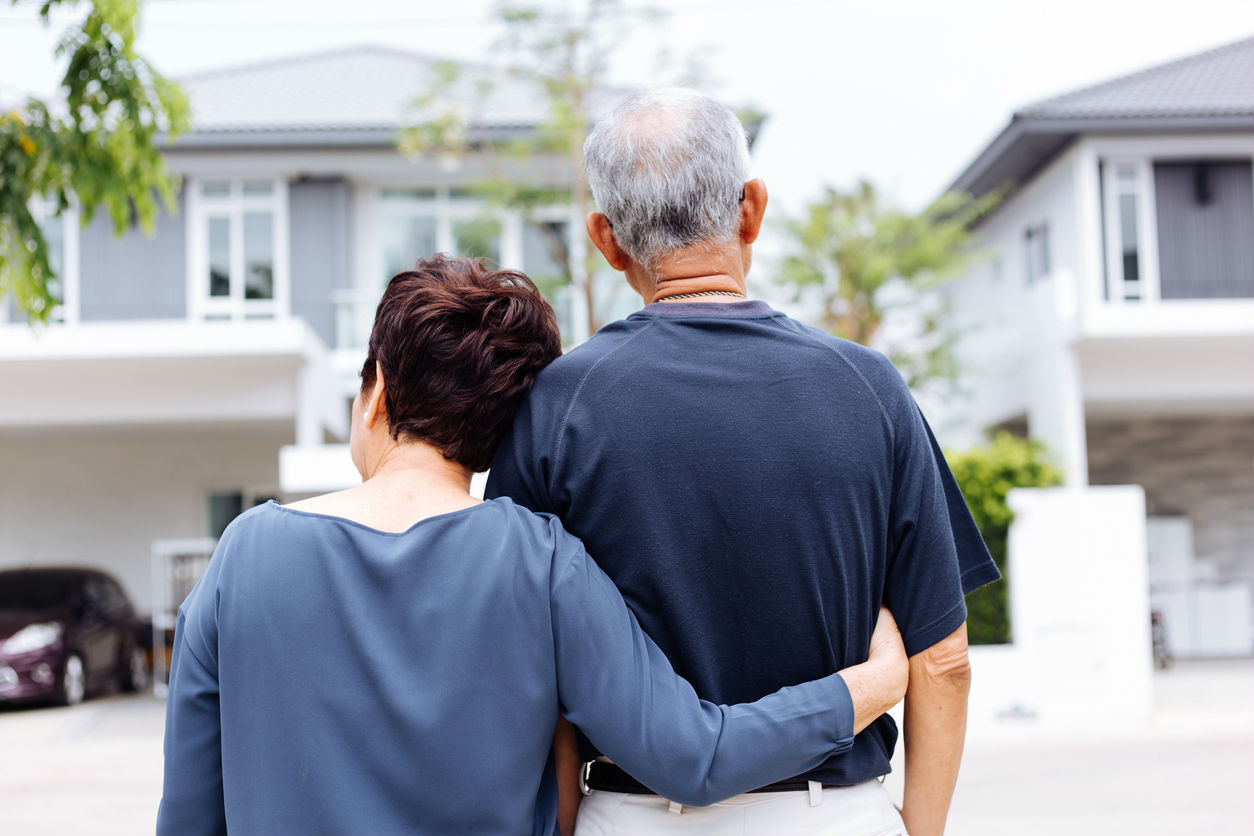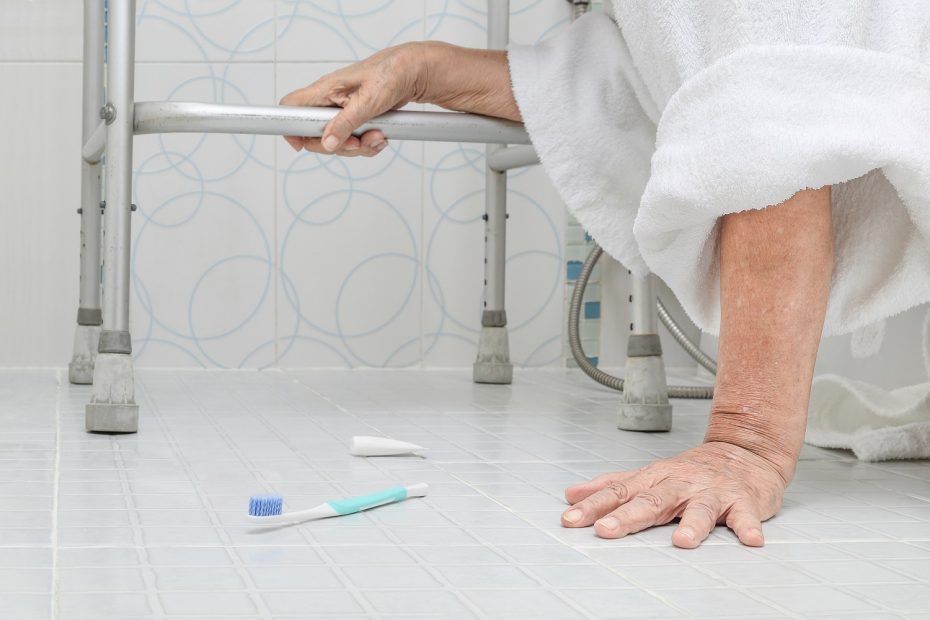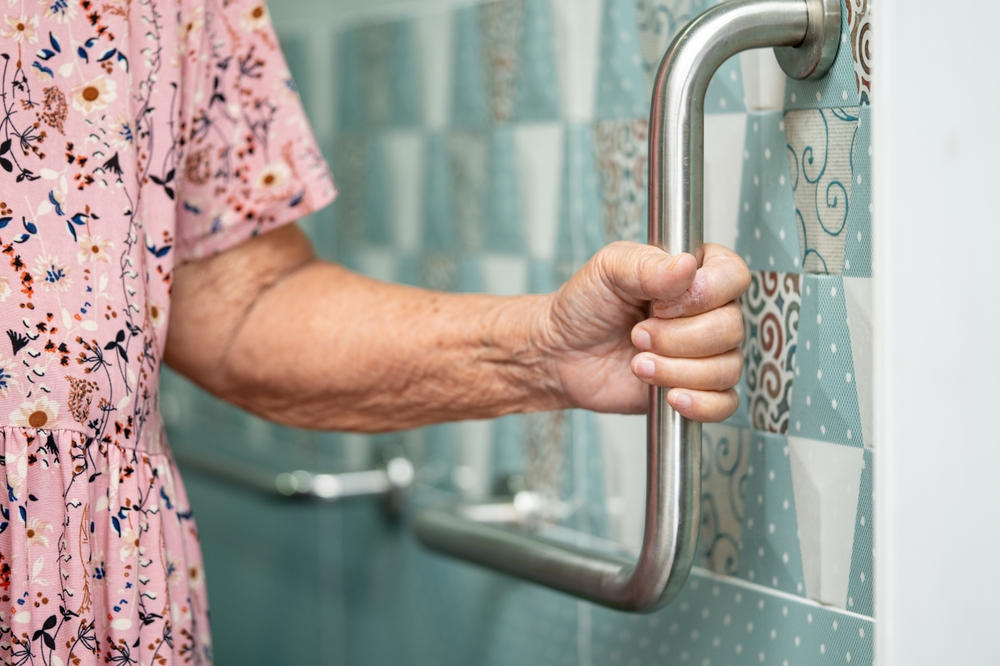The concept of fall detection without cameras is gaining traction, especially among family caregivers who prioritize both safety and privacy for their loved ones. As technology advances, so do the innovative solutions to detect falls without the need for intrusive surveillance. This article delves into the various methods of fall detection, focusing on approaches that do not rely on cameras.
Family caregivers often worry about the safety of their elderly loved ones, especially when they are not around to offer immediate assistance. Traditional camera-based surveillance systems have long been used to monitor the elderly, but they raise concerns about privacy and constant monitoring. This is where fall detection without cameras comes into play, providing a safer and more private alternative.

Understanding Fall Detection
Fall detection refers to the ability to automatically identify when a fall has occurred and alert the necessary parties for help. This technology is crucial for the elderly, who are at a higher risk of falls due to factors such as reduced mobility, balance issues, and medical conditions.
Why Avoid Cameras?
While cameras can be effective in monitoring, they often infringe on the privacy of individuals. Many people feel uncomfortable with being constantly watched, and cameras can sometimes fail to accurately detect falls. Thus, alternative solutions are being explored to maintain both safety and privacy.
Alternative Technologies for Fall Detection
Wearable Devices
Wearable devices are a popular option for fall detection without cameras. These gadgets, such as smartwatches or pendants, come equipped with sensors that can detect sudden movements or changes in position. If a fall is detected, the device sends an alert to caregivers or emergency services.
Smart Home Sensors
Smart home sensors, like those discussed in smart homes, are another excellent choice. These sensors can be placed around the home to detect unusual movements or lack of activity, indicating a potential fall. The sensors use advanced algorithms to distinguish between normal activities and falls.
Pressure and Motion Sensors
These sensors are placed on floors or furniture to detect falls. They measure pressure changes and movement patterns to identify a fall, ensuring timely assistance without the need for cameras.
Benefits of Fall Detection Without Cameras
Choosing fall detection without cameras offers several benefits:
- Privacy: Individuals can maintain their privacy without the feeling of being constantly watched.
- Accuracy: Modern sensors and algorithms provide high accuracy in fall detection.
- Prompt Assistance: Alerts are sent immediately, ensuring quick response to falls.
Implementing Fall Detection Systems
When considering a fall detection system, it is essential to evaluate the specific needs of the individual and the environment. Factors such as mobility levels, home layout, and the individual’s comfort with technology should guide the choice of system.
Choosing the Right Technology
Consulting with professionals and reviewing resources like Preventing Falls Among the Elderly can provide valuable insights into selecting the most suitable technology.
Future of Fall Detection
The future holds promising advancements in fall detection without cameras. With ongoing research and development, technologies are becoming more sophisticated, offering enhanced accuracy and convenience. The integration of AI and machine learning is expected to further improve fall detection systems.
AI and Machine Learning
AI and machine learning algorithms can analyze vast amounts of data to improve fall detection accuracy. These technologies enable systems to learn from previous incidents, thereby reducing false alarms and improving response times.
Conclusion
As the demand for privacy-friendly and effective fall detection solutions grows, fall detection without cameras emerges as a viable and attractive option. By leveraging innovative technologies, family caregivers can ensure the safety of their loved ones while respecting their privacy.

FAQs
What are alternatives to camera-based fall detection?
Alternatives include wearable devices, smart home sensors, and pressure or motion sensors.
How do smart home sensors work for fall detection?
Smart home sensors use advanced algorithms to detect unusual movements or inactivity, indicating a potential fall.
Are non-camera fall detection systems effective?
Yes, they are highly effective and offer the added benefit of maintaining privacy.
This article contains affiliate links. We may earn a commission at no extra cost to you.






